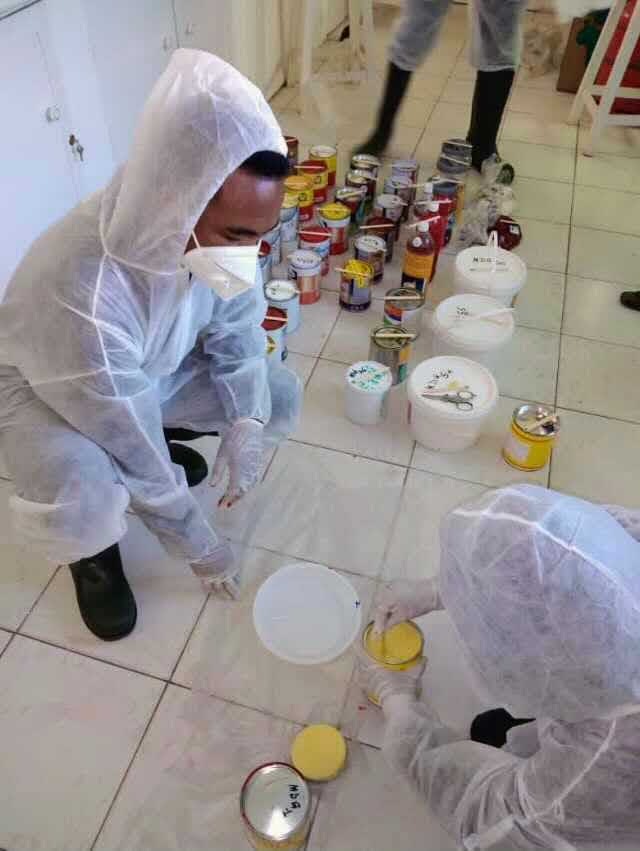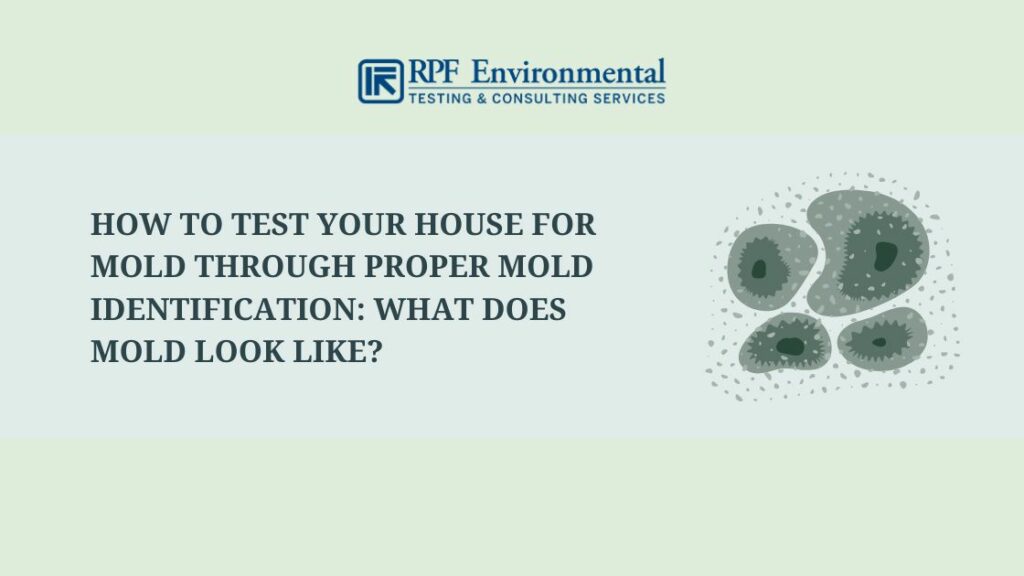The Necessity of Mycotoxin Examining in Agricultural Products to Ensure Consumer Safety And Security
The need of mycotoxin screening in farming products is a crucial facet of public health and safety and security that necessitates complete assessment. Mycotoxins, hazardous substances created by specific fungis, can penetrate different plants, leading to considerable wellness risks for customers, such as carcinogenic effects and body organ damage.
Recognizing Mycotoxins
Mycotoxins, poisonous additional metabolites produced by specific fungi, present a significant danger to agricultural products and human health and wellness. These compounds are generated by different varieties of mold and mildews, such as Aspergillus, Fusarium, and Penicillium, which can infect plants both pre- and post-harvest - Mycotoxin testing Services. The most common mycotoxins include aflatoxins, ochratoxin A, fumonisins, zearalenone, and deoxynivalenol (DON)
Mycotoxin contamination can take place under particular ecological conditions, such as high moisture and temperature level, which favor the growth of mold and mildew. Agricultural products like cereals, nuts, spices, dried out fruits, and coffee are especially vulnerable. The existence of mycotoxins in these products can bring about significant financial losses as a result of decreased crop yields and the necessity for strenuous testing and decontamination procedures.
Recognizing the biochemical nature and development of mycotoxins is necessary for creating efficient reduction methods. Research has actually revealed that mycotoxins show a variety of chemical frameworks and buildings, making discovery and removal tough. Advanced analytical techniques, including chromatography and mass spectrometry, are used to determine and quantify mycotoxins in agricultural products, making certain that contamination levels stay within risk-free limitations established by governing bodies.
Health And Wellness Risks of Mycotoxins
Provided the significant risks associated with mycotoxins in farming products, recognizing their effect on wellness is critical. Mycotoxins, toxic secondary metabolites created by fungis, position serious dangers to both animal and human health and wellness.
Intense mycotoxin poisoning, although much less usual, can trigger severe and immediate illness such as liver damages, intestinal disruptions, and hemorrhaging. Ochratoxin A, an additional powerful mycotoxin, is connected to kidney damages and has possible cancer causing results. At the same time, fumonisins, primarily influencing maize, are related to esophageal cancer and neural tube defects.

Typical Sources of Contamination
Comprehending the typical resources of contamination is essential for properly handling and minimizing the threats positioned by mycotoxins. Mycotoxins are harmful secondary metabolites produced by specific types of fungis, which can infect farming items at different stages of manufacturing, storage space, and handling. The main resources of contamination include field conditions, post-harvest handling, and storage space settings.
Area problems play a considerable duty, with variables like weather condition, plant vulnerability, and soil health and wellness affecting fungal development. Plants such as corn, peanuts, wheat, and tree nuts are especially at risk to mycotoxin-producing fungi like Aspergillus, Fusarium, and Penicillium species. Poor plant turning and inadequate bug administration can worsen the threat of contamination.
Post-harvest handling is an additional critical point where contamination can take place. Mechanical read this damage during harvesting and transport produces entrance points for fungi, while inappropriate drying out techniques can leave wetness levels high enough to sustain fungal growth.
Storage space settings add significantly to contamination dangers. Inadequately preserved storage facilities with high moisture and temperature level levels create perfect problems for mycotoxin production. Regular inspections and proper storage conditions are crucial in suppressing this hazard.
Mycotoxin Evaluating Techniques
Reliable monitoring of mycotoxin contamination hinges not only on acknowledging potential sources however additionally on applying robust testing methods to find these harmful substances. Mycotoxin screening methods can be extensively categorized into chromatographic and immunochemical methods.
On the various other hand, enzyme-linked immunosorbent assay (ELISA) and lateral circulation assays are popular immunochemical approaches. ELISA, particularly, is extensively used because of its cost-effectiveness, simplicity of use, and fast turnaround time. Lateral flow assays give quick, on-site testing capabilities, making them ideal for field applications where immediate choices are needed.
Additionally, advancements in molecular biology have actually presented PCR-based techniques efficient in identifying mycotoxin-producing fungis at genetic degrees, supplying a predictive approach to contamination risk. Incorporating these diverse techniques enhances the dependability and comprehensiveness of mycotoxin discovery, guaranteeing that agricultural products meet security criteria and shielding customers from prospective health and wellness threats.
Benefits of Normal Checking

Routine mycotoxin testing supplies substantial benefits that substantially bolster farming security and high quality. Among the key advantages is the protection of consumer health and wellness. Mycotoxins, toxic substances produced by particular fungis, can infect food and present severe health and wellness risks, consisting of cancer cells and intense poisoning. Routine screening makes certain that contaminated items do not reach customers, thereby reducing carcinogen.
Furthermore, constant screening aids in preserving the honesty and reputation of farming producers. By rigorously controlling and keeping an eye on mycotoxin degrees, producers can stay clear of pricey recalls and legal consequences. This not just makes sure compliance with stringent global security standards but additionally promotes consumer count on and loyalty.

Conclusion
The necessity of mycotoxin screening in farming items is highlighted by the substantial health dangers posed by these poisonous substances. It improves the reputation of producers and promotes trust within the farming supply chain, ultimately guarding public wellness.
The necessity of mycotoxin testing in farming items is an essential facet of public health and wellness and safety that requires comprehensive examination. Mycotoxins, hazardous substances created by specific fungi, can infiltrate numerous crops, leading to significant health and wellness risks for consumers, such as carcinogenic results and body organ damages.Mycotoxins, harmful second metabolites created by specific fungi, provide a considerable risk to farming products and human health and wellness.Offered the considerable threats connected with mycotoxins in agricultural products, recognizing their effect on health and wellness is paramount (Mycotoxin testing Services).The requirement of mycotoxin testing in agricultural items is highlighted by the considerable health and wellness risks postured by these harmful substances